News
-

Two internal fixation methods for combined fractures of the tibial plateau and ipsilateral tibial shaft fracture.
Tibial plateau fractures combined with ipsilateral tibial shaft fractures are commonly seen in high-energy injuries, with 54% being open fractures. Previous studies have found that 8.4% of tibial plateau fractures are associated with concomitant tibial shaft fractures, w...Read more -

OPEN-DOOR Posterior Cervical Laminoplasty procedure
KEYPOINT 1. The unipolar electric knife cuts the fascia and then peels the muscle under the periosteum, pay attention to protect the articular synovial joint, meanwhile the ligament at the root of the spinous process should not be removed in order to keep the integrity ...Read more -

In the case of a proximal femoral fracture, is it better for the PFNA main nail to have a larger diameter?
Intertrochanteric fractures of the femur account for 50% of hip fractures in the elderly. Conservative treatment is prone to complications such as deep vein thrombosis, pulmonary embolism, pressure sores, and pulmonary infections. The mortality rate within one year excee...Read more -

Tumor Knee Prosthesis Implant
I Introduction The knee prosthesis consists of a femoral condyle, a tibial marrow needle, a femoral marrow needle, a truncated segment and adjustment wedges, a medial shaft, a tee, a tibial plateau tray, a condylar protector, a tibial plateau insert, a liner, and restrai...Read more -

The two primary functions of a ‘blocking screw
Blocking screws are widely used in clinical practice, especially in the fixation of long intramedullary nails. In essence, the functions of blocking screws can be summarized as two-fold: first, for reduction, and second, t...Read more -
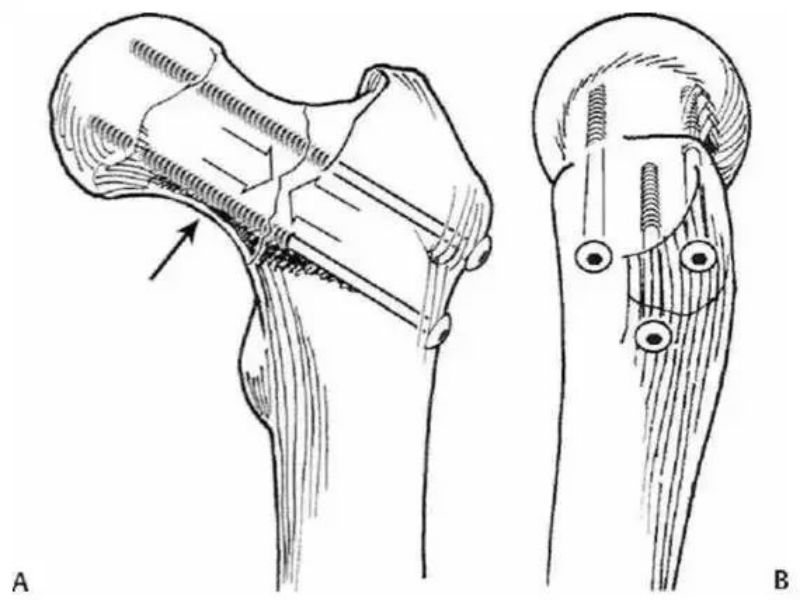
Three principles of femoral neck hollow nail fixation–adjacent, parallel and inverted products
Femoral neck fracture is a relatively common and potentially devastating injury for orthopaedic surgeons, with a high incidence of non-union and osteonecrosis due to the fragile blood supply. Accurate and good reduction of femoral neck fractures is the key to successful ...Read more -

In the reduction process of a comminuted fracture, which is more reliable, the anteroposterior view or the lateral view?
Femoral intertrochanteric fracture is the most common hip fracture in clinical practice and is one of the three most common fractures associated with osteoporosis in the elderly. Conservative treatment requires prolonged bed rest, posing high risks of pressure sores, pul...Read more -
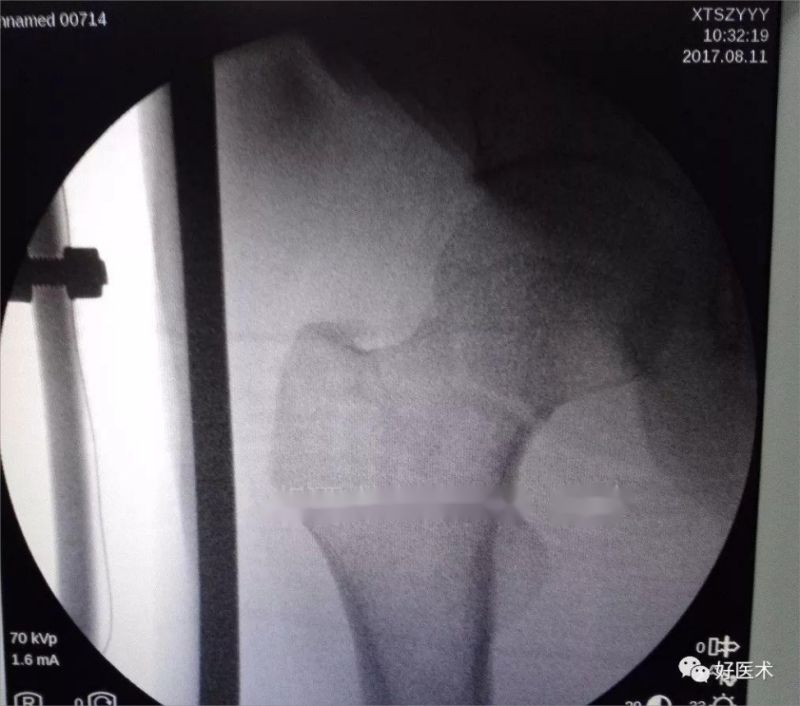
How is closed reduction Cannulated Screw internal fixation performed for femoral neck fractures?
Femoral neck fracture is a common and potentially devastating injury for orthopaedic surgeons, due to the fragile blood supply, the incidence of fracture non-union and osteonecrosis is higher, the optimal treatment for femoral neck fracture is still controversial, most s...Read more -
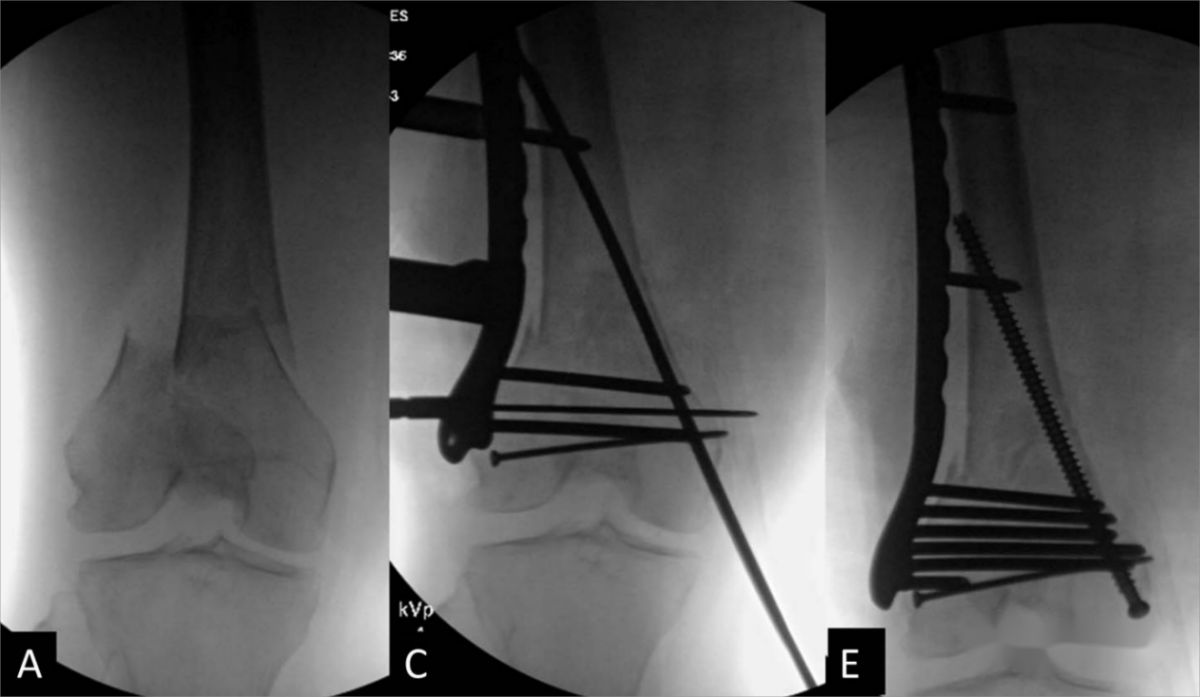
Surgical Technique | Medial Column Screw Assisted Fixation for Proximal Femoral Fractures
Proximal femoral fractures are commonly seen clinical injuries resulting from high-energy trauma. Due to the anatomical characteristics of the proximal femur, the fracture line often lies close to the articular surface and may extend into the joint, making it less suitab...Read more -
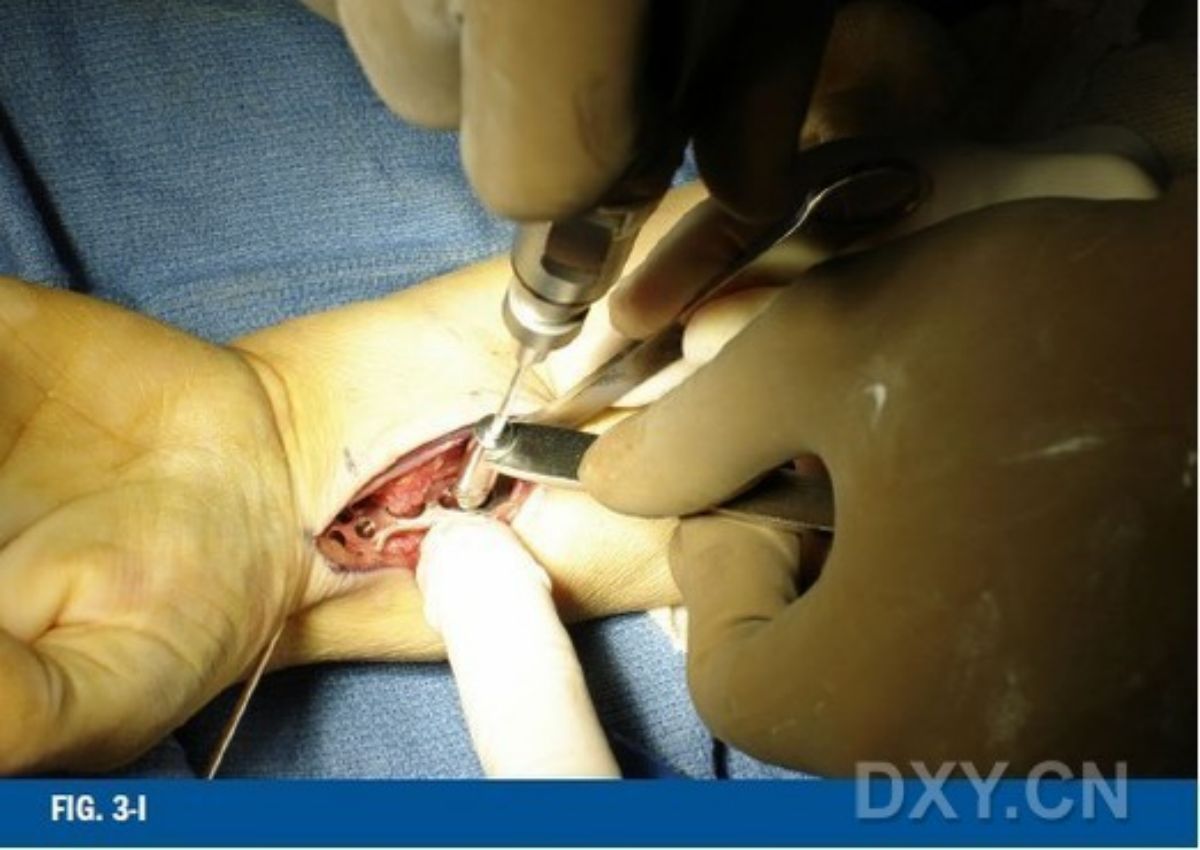
Distal Radius Fractures Loking Fixation Method
Currently for internal fixation of distal radius fractures, there are various anatomical locking plate systems used in the clinic. These internal fixations provide a better solution for some complex fracture types, and in some ways expand the indications for surgery for ...Read more -
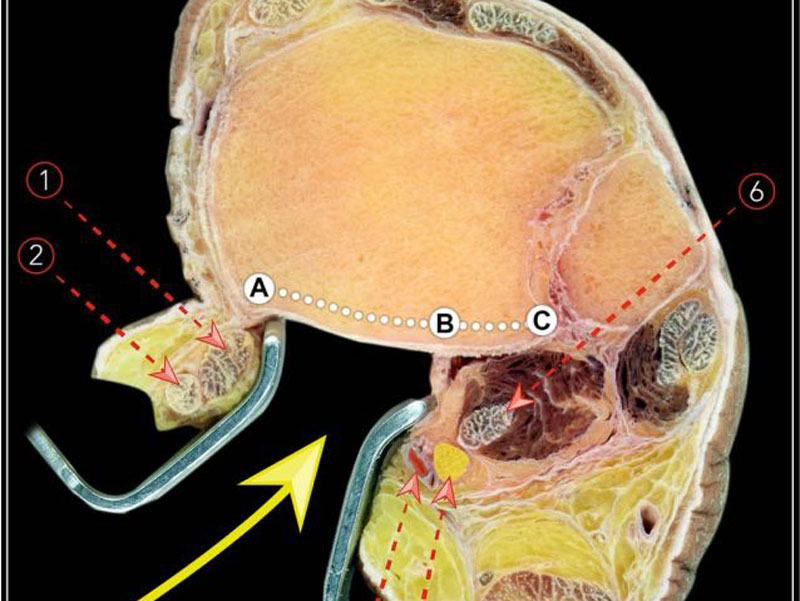
Surgical Techniques | Three Surgical Approaches for Exposing the “Posterior Malleolus”
Fractures of the ankle joint caused by rotational or vertical forces, such as Pilon fractures, often involve the posterior malleolus. The exposure of the “posterior malleolus” is currently achieved through three main surgical approaches: the posterior lateral approach, posterior media...Read more -
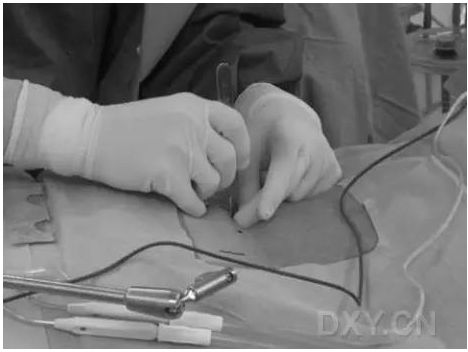
Minimally Invasive Lumbar Surgery – Application of the Tubular Retraction System to Complete Lumbar Decompression Surgery
Spinal stenosis and disc herniation are the most common causes of lumbar nerve root compression and radiculopathy. Symptoms such as back and leg pain due to this group of disorders can vary greatly, or lack symptoms, or be very severe. Several studies have shown that surgical decompression when...Read more










